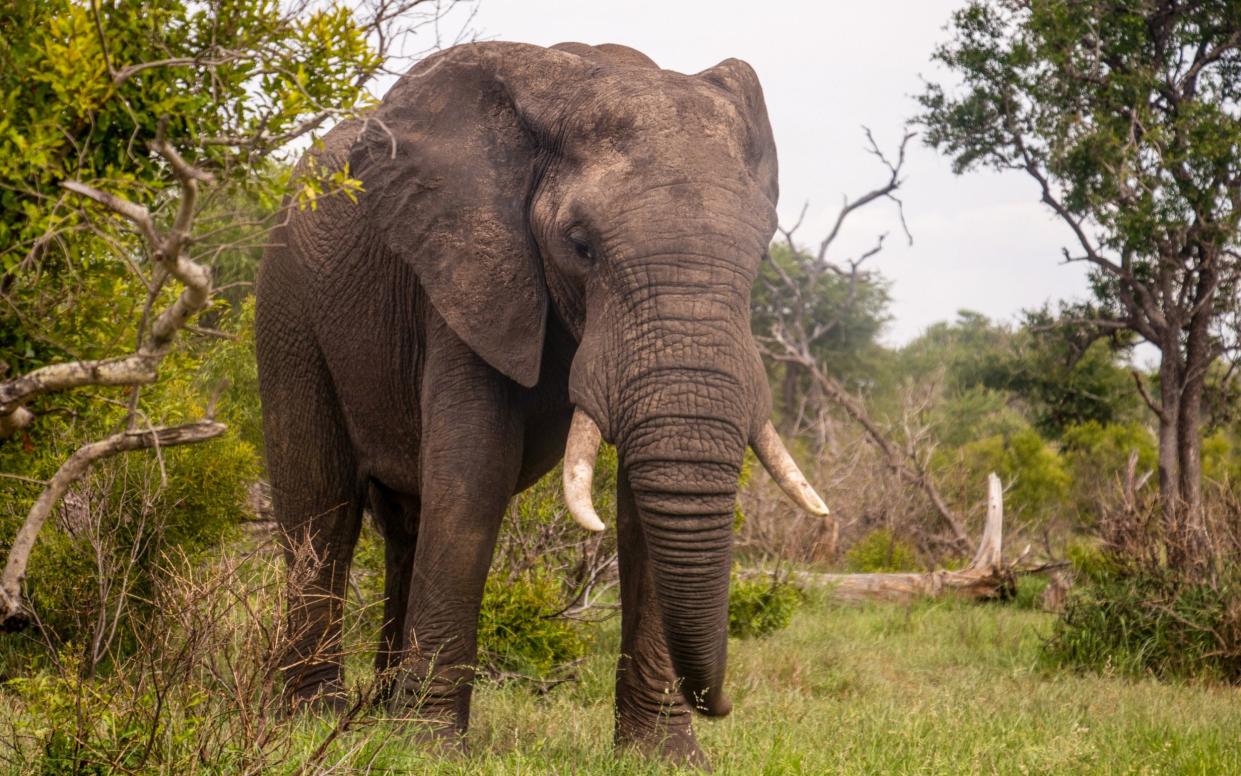Do elephants really need renaming?

- Oops!Something went wrong.Please try again later.
How should wild animals be referred to in documentaries? Springwatch presenter Gillian Burke recently said that she finds the English names for elephants, hyenas and other wild animals “jarring”, preferring instead to use their Swahili names in her own writing.
The question that springs immediately to mind is a matter of common sense: how else, other than in English, would we expect such animals be referred to in a British documentary, broadcast in Britain to an English-speaking audience?
And if they were not named in English, why should Swahili be the language of choice? As a fellow multilingual, I can think of at least two other names (in Amharic and Tigrinya) for each of the many wild animals which can be found in Ethiopia and Eritrea as well as across the African continent.
But the main focus of Ms Burke’s article for BBC Wildlife magazine is on something else. It is on something that riles me, and probably a good number of other keen documentary-watchers: the ascription of human names to animals in documentaries, which Ms Burke posits is “a useful tool for storytelling” as “it can help audiences connect with our ‘animal characters’”.
“Jarring” is a very apt word to describe the way some presenters use cutesy names for wild creatures.
Affectionate titles such as “Benjie the koala” or “Suzie the snow leopard” are an unnecessary and cringeworthy extension of anthropomorphism which assumes that the viewer is possessed of such a meagre level of intelligence that they are only capable of understanding things when they are brought down to the lowest possible denominator.
This trend has infected the documentary world in recent years, and is part of the general drift towards dumbed-down content. One can only imagine that it is designed to attract new viewers – people who are not typical documentary watchers.
Whether the strategy has succeeded, I am unsure. What I certainly do know is that, sadly, it rather ruins things for the rest of us.
Incidentally, I simply do not buy the common argument that this is what children like. My siblings and I grew up watching the many documentary series that were produced by David Attenborough throughout the 1970s to the 1990s (an interest passed on to us by our great-grandmother, a huge Attenborough fan): Life on Earth, The Living Planet, The Trials of Life, The Private Life of Plants…
The appeal of those earlier series, which we watched with great fascination over and over during the course of my childhood, was precisely that they did not infantilise the viewer. Instead, they assumed we were able and willing to learn, and provided us with real education about genuinely interesting topics.
At some point in the late Noughties, however, we noticed that the documentaries had started to become much more narrative-led, with fewer but longer stories, not segments, following a specific animal or family of animals, rather than the more holistic, intellectually rigorous content to which we were accustomed.
This is, I think, a mistake. Animals in factual documentaries are not “characters” in a film and should not be presented as such. So I am firmly with Ms Burke’s daughter Flora on this question. She was quite right to ask: “Why do you have to give them names?” The answer is that you do not, and indeed you should not.
A general return to the facts-led rather than emotive documentary-producing style of the late 20th century would certainly bring today’s television up a notch.
Zewditu Gebreyohanes is a senior researcher at the Legatum Institute and a trustee of the Victoria and Albert Museum. She posts @zewditweets

